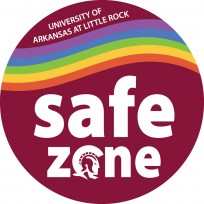Providing good wording for the text in a link can be a challenge. We all want to strive to be as concise as possible, but sometimes we sacrifice meaning in the process. If we are to keep those visitors who are using screen readers coming back to our site, we need to avoid certain pitfalls of link lingo. If a student using a screen reader visits your site or logs on to your course, they have the option to scan links to find what they need. If links are not described adequately, scanning your site or course in this way is not productive.
Some of the more common problems seen in providing links are listed below along with suggestions for correcting these errors.
| Common Problem | Sample of Problem | Suggested Solution |
|---|---|---|
| When documents are provided in multiple formats, links are given as format name only. | Homework Assignment #1: PDF Word HTML | Homework: |
| Introductory sentences are provided with links to “more” at the end of it. | Elusive Ivory-billed Woodpecker is finally caught on videotape. More… | Elusive Ivory-billed Woodpecker is finally caught on videotape. |
| A similar format to the above is often seen following a longer introductory paragraph. | The hard work of our own Dr. Vince Williams has come to fruition in the release of his recent award-winning publication entitled Sustainable Institutions. A reception will be held celebrating the release of this book and honoring his accomplishments. Details… | The hard work of our own Dr. Vince Williams has come to fruition in the release of his recent award-winning publication entitled Sustainable Institutions. A reception will be held celebrating the release of this book and honoring his accomplishments. Full article: Professor wins award for book on sustainable design |
| One of the most common problems is the use of the phrase “click here” as a link to more information. | Click here to go to the latest news on your university. | Get the latest news on your university |
